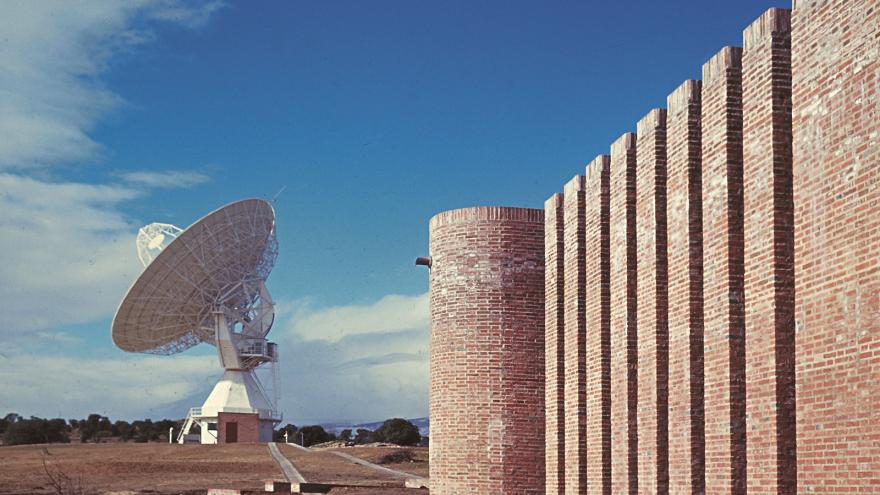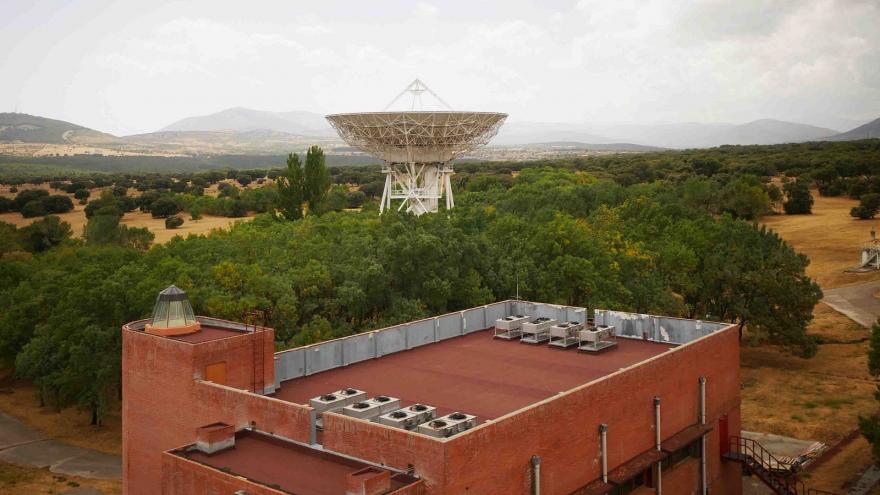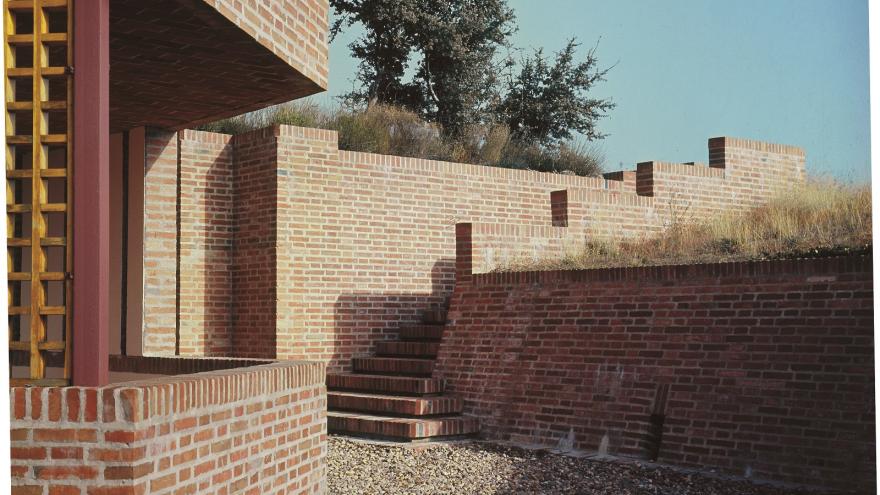
Buitrago de Lozoya satellite communications station
Asset of Cultural Interest in the category of scientific site
Built in 1967, the Buitrago de Lozoya communications station played a fundamental role in the history of science and technology of the last XNUMXth century, in NASA's Apollo missions.
The need for the US space agency to maintain contact with ships in orbit made it necessary to build stations in different places around the world, capable of responding to both the communications requirements and the transmissions of television signals that are part of of collective memory.
The building was the result of a collaboration between the architects Julio Cano Lasso (1920-1996) and Juan Antonio Ridruejo Brieva (1935-202) and remained operational as a satellite center until 2003. The history of this property and its importance in The aerospace research of the time has led to its declaration as an Asset of Cultural Interest in the category of scientific site.
History of the station
Designed and built in just a few months between 1966 and 1967, the original program of the station included a group of residences in order to serve a workplace that was then isolated and difficult to access. It included a lobby, control room, plans room, laboratory, emergency rooms, offices, archives, warehouse, conference room, seminar, bedrooms and patio, among other spaces.
In the Apollo 11 mission, the first mission to land on the moon in July 1969, the Gran Canaria station played a fundamental role. In successive missions, the Buitrago plant would take over. It was in the case, for example, of the failed Apollo 13 mission, which circled the moon, but could not land, and the missions that would continue until the mid-seventies or the Apollo-Soyuz mission, which marked the end of that program in 1975, with a historic collaboration between the United States and the Soviet Union.
With the completion of the space program, Buitrago became an essential communications center for civil life in Spain. Its function was to link telephone and television connections with the stationary satellites that covered the five continents, over the Atlantic and the Indian Ocean. His contribution to important events in our country, such as the 1982 World Cup, for example, was very notable.
The center remained operational as a satellite center until 2003. Its four large antennas were not dismantled, but currently they do not look at any satellite nor have any use. Today, it continues to be a meeting place for the workers and managers of the owner, the Telefónica company.
A Cultural
The station is a key building in Spanish architecture of the time and a fundamental work in the career of Cano Lasso, one of the most distinguished Spanish architects of the 20th century.
With a formal language adapted to its environment, it integrates the landscape sensitivity and the scientific spirit that animated its construction. Example of technological development and progress and the most cutting-edge innovation of its time.
As an example of sustainable construction, it uses a local material, mud brick. In this way, the architecture is harmoniously integrated with the landscape and the local environment, this building being a precursor to other power plants that would be developed later.













